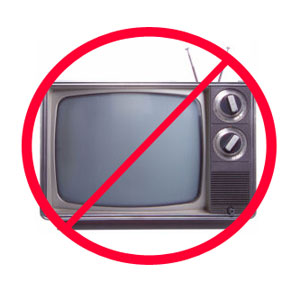 Five technological advancements in the last decade have led to the current trends in consumer electronics. Without these advancements, we would not have iPods, digital cameras, TiVos or Blackberries as well as many other electronic devices.
Five technological advancements in the last decade have led to the current trends in consumer electronics. Without these advancements, we would not have iPods, digital cameras, TiVos or Blackberries as well as many other electronic devices.
1. Broadband Internet
In 2000, high speed Internet became readily available in the US. Between 2000 and 2003, usage of high speed Internet grew 24% in the United States. In 2006, 69% of all homes had some kind of Internet access at home and 60% of those connections were high speed connections of some kind. Can you imagine trying to watch movies online, buy music, or just surf the web without the benefits of high speed Internet?
Continue reading “5 Important Tech Advancements of the 00’s”


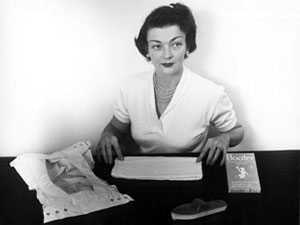 Marion Donovan spent a large part of her childhood in a manufacturing plant run by her father and uncle who invented many things including an industrial lathe. This experience instilled Marion with an inventive spirit.
Marion Donovan spent a large part of her childhood in a manufacturing plant run by her father and uncle who invented many things including an industrial lathe. This experience instilled Marion with an inventive spirit.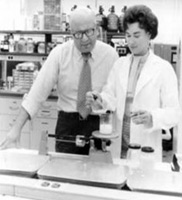
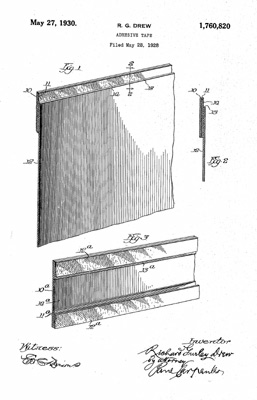 Can you imagine life without tape? How would we wrap presents, fix ripped papers and make duct tape dresses? Richard Drew invented the first masking tape in 1925.
Can you imagine life without tape? How would we wrap presents, fix ripped papers and make duct tape dresses? Richard Drew invented the first masking tape in 1925.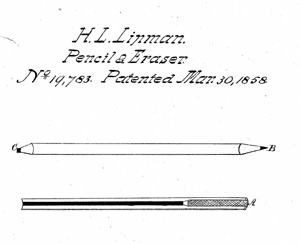 Patent disputes do not just occur over drugs or electronics. In fact, even the pencil, a simple product used by millions everyday, was at one time part of a court battle.
Patent disputes do not just occur over drugs or electronics. In fact, even the pencil, a simple product used by millions everyday, was at one time part of a court battle.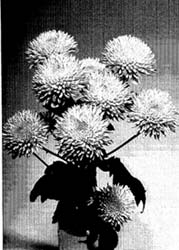 In 1930, the Plant Patent Act spurred by the work of Luther Burbank provided for the possibility of patent protection for asexually reproduced plants. In 1949, Plant Patent #1 was issued to Henry Bosenberg of New Brunswick, NJ, for a climbing rose. The United States Patent and Trademark Office grants a plant patent for any new or distinct variety of plant that is asexually reproduced except for a tuber propagated plant or a plant found in an uncultivated state. Asexual reproduction means that the plant must be able to reproduce by a method other than seeds such as budding, grafting or the rooting of the cuttings. The child plant therefore has the exact characteristics of the parent plant.
In 1930, the Plant Patent Act spurred by the work of Luther Burbank provided for the possibility of patent protection for asexually reproduced plants. In 1949, Plant Patent #1 was issued to Henry Bosenberg of New Brunswick, NJ, for a climbing rose. The United States Patent and Trademark Office grants a plant patent for any new or distinct variety of plant that is asexually reproduced except for a tuber propagated plant or a plant found in an uncultivated state. Asexual reproduction means that the plant must be able to reproduce by a method other than seeds such as budding, grafting or the rooting of the cuttings. The child plant therefore has the exact characteristics of the parent plant. 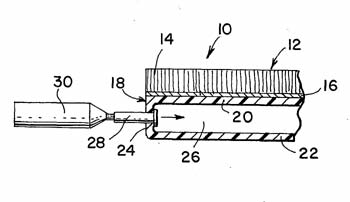
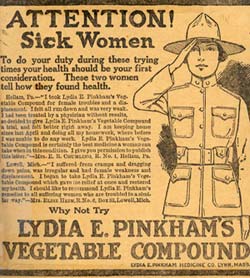 Patent Medicine is a term used to refer to concoctions popular in the 18th and 19th century which were advertised to cure almost every disease. Patent Medicine is actually an incorrect name though. Most of these products were trademarked but never patented. The process of patenting a product requires full disclosure of a medicine’s ingredients. Most manufacturers did not want to reveal the toxic or questionable ingredients of their so-called cures.
Patent Medicine is a term used to refer to concoctions popular in the 18th and 19th century which were advertised to cure almost every disease. Patent Medicine is actually an incorrect name though. Most of these products were trademarked but never patented. The process of patenting a product requires full disclosure of a medicine’s ingredients. Most manufacturers did not want to reveal the toxic or questionable ingredients of their so-called cures.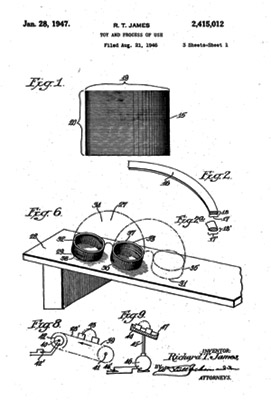 In 1943, Richard James, a naval engineer stationed at the shipyard in Philadelphia, was working on an anti-vibration device for ship instruments. Part of the device involved high-tension springs. Richard accidentally knocked one of the springs off of a shelf. He watched as the spring kept moving, walking and flip-flopping after it hit the ground. The idea for a new toy was born.
In 1943, Richard James, a naval engineer stationed at the shipyard in Philadelphia, was working on an anti-vibration device for ship instruments. Part of the device involved high-tension springs. Richard accidentally knocked one of the springs off of a shelf. He watched as the spring kept moving, walking and flip-flopping after it hit the ground. The idea for a new toy was born.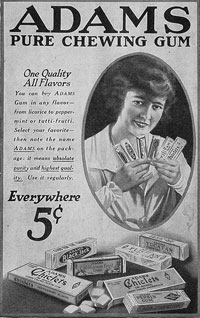 Thomas Adams, a photographer, glassmaker and hopeful inventor had an infamous Mexican exile as a houseguest at his home in Staten Island, New York. Mexican General Santa Anna was staying with him. Santa Anna introduced Adams to chicle which is made from the sap of the sapodilla tree. The general was hoping to sell the chicle to Americans to use as an additive to natural rubber to reduce its cost. Natural rubber was very expensive and finding a way to reduce the cost would be very profitable.
Thomas Adams, a photographer, glassmaker and hopeful inventor had an infamous Mexican exile as a houseguest at his home in Staten Island, New York. Mexican General Santa Anna was staying with him. Santa Anna introduced Adams to chicle which is made from the sap of the sapodilla tree. The general was hoping to sell the chicle to Americans to use as an additive to natural rubber to reduce its cost. Natural rubber was very expensive and finding a way to reduce the cost would be very profitable.